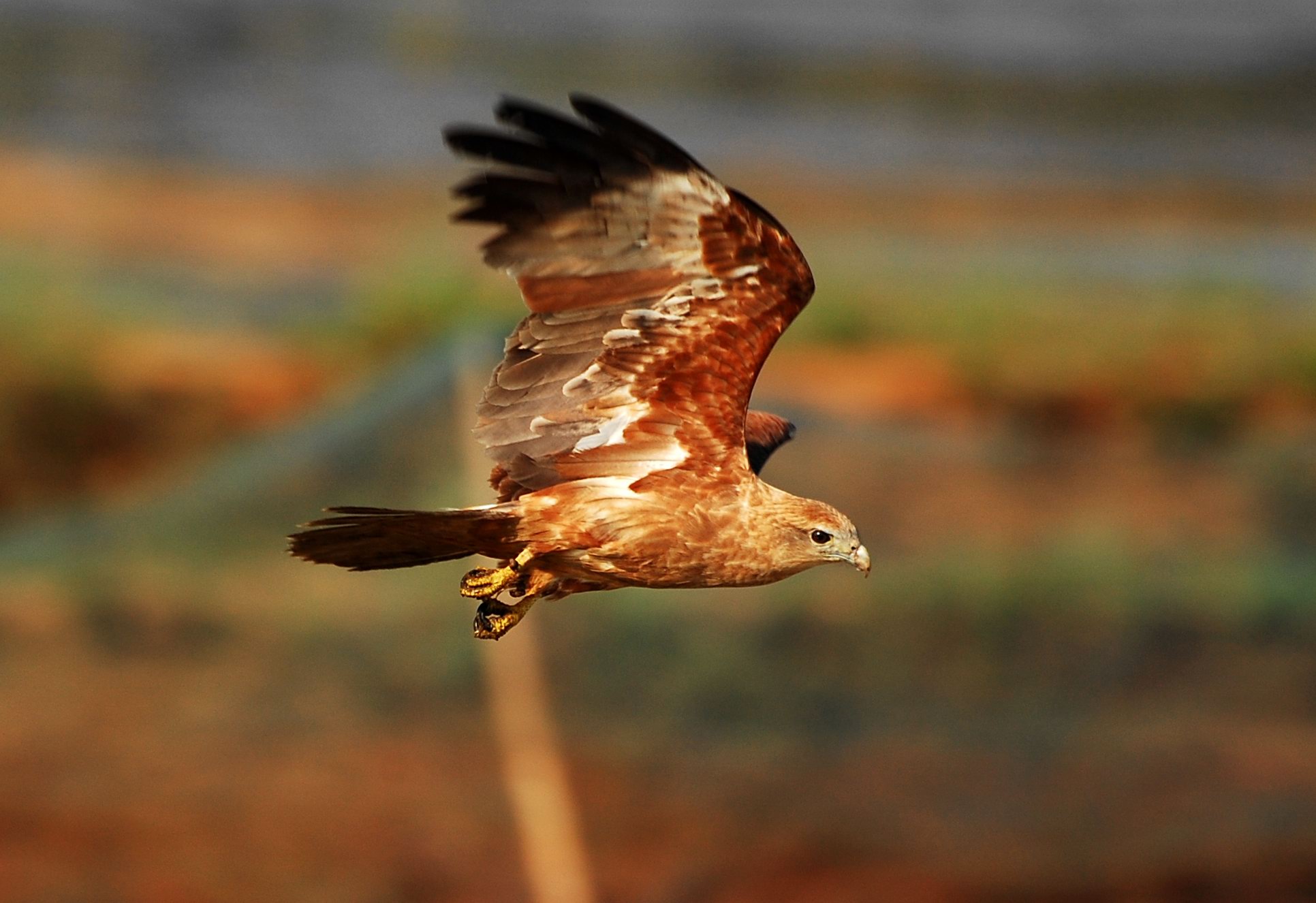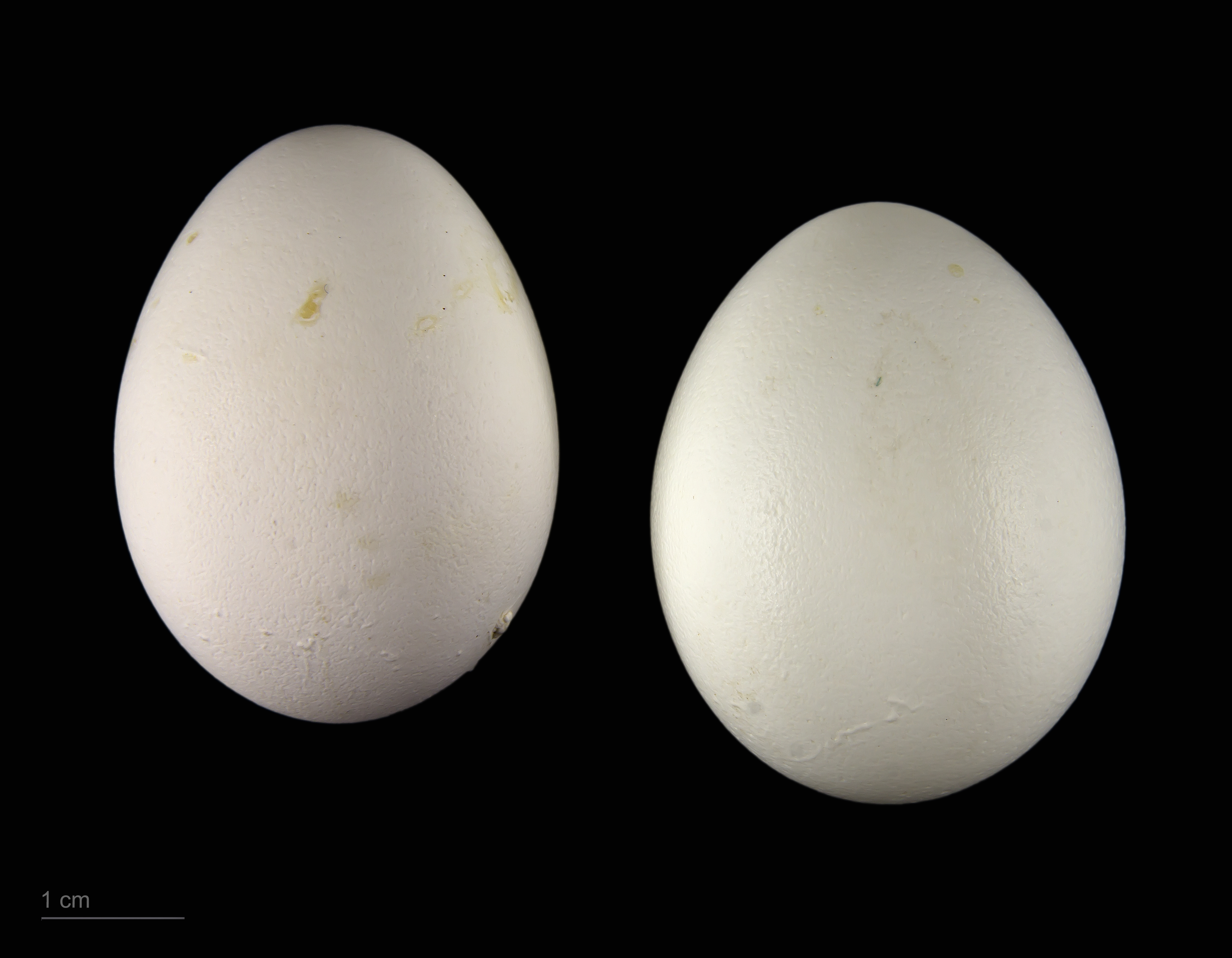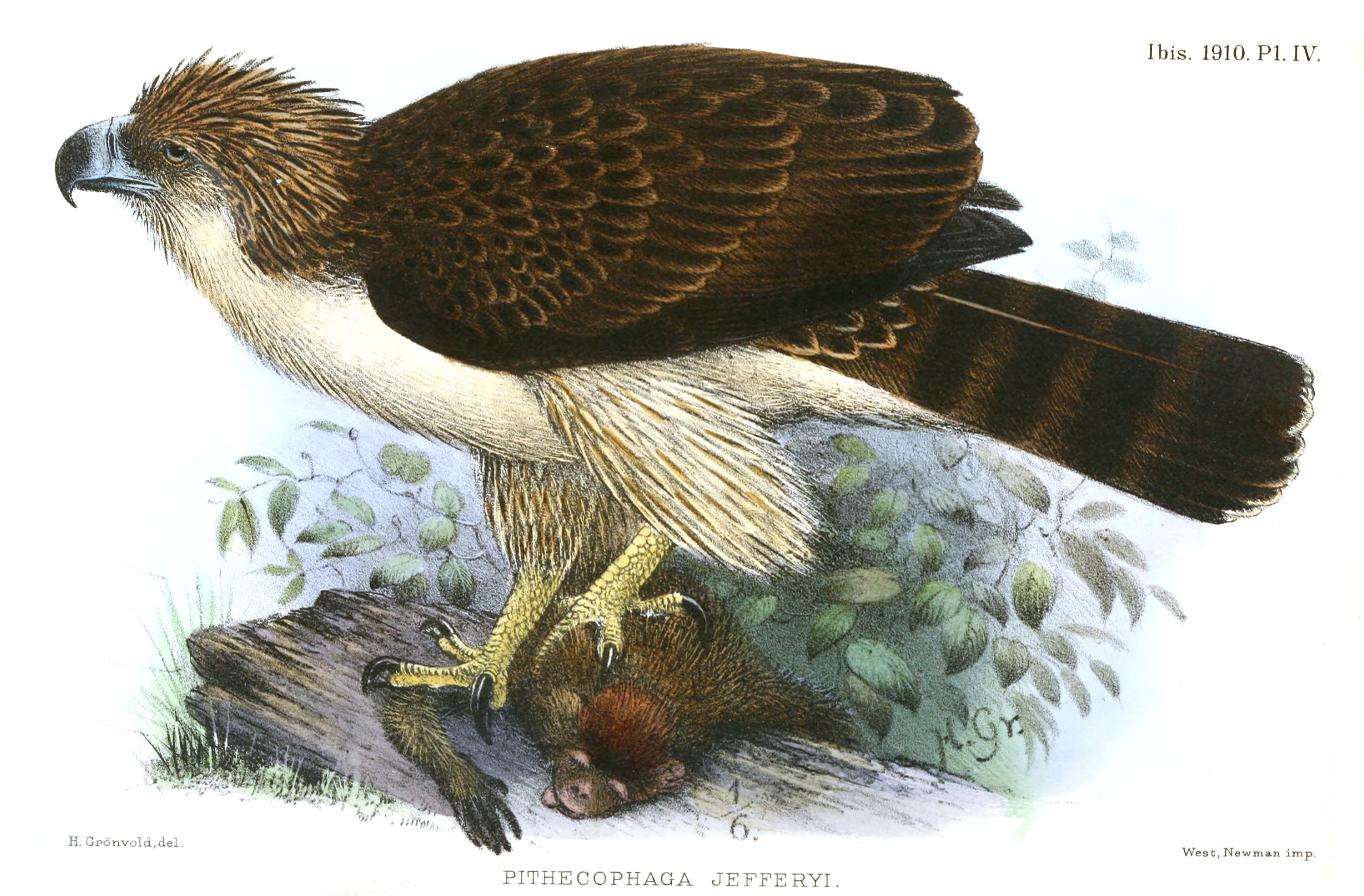|
Mount Timolan Protected Landscape
The Mount Timolan Protected Landscape is a protected area covering Mount Timolan and its surrounding forested landscape in the region of Zamboanga Peninsula on Mindanao in the Philippines. The park encompasses an area of and a buffer zone of in the municipalities of San Miguel, Guipos and Tigbao in the province of Zamboanga del Sur. It was established on 14 August 2000 through Proclamation Order No. 354 issued by President Joseph Estrada. The park was also earlier established by the provincial government of Zamboanga del Sur as a provincial park and wildlife sanctuary known as the ''Zamboanga del Sur Provincial Park'' through Provincial Ordinance No. 3 in 1992. Description The protected landscape is an important watershed of several river systems supporting irrigation for the surrounding rice paddies and lowland communities. It spans six barangays or rural villages in Tigbao namely, New Tuburan, Timolan, Upper Nilo, Maragang, Limas and Guinling, and one each in San Miguel and ... [...More Info...] [...Related Items...] OR: [Wikipedia] [Google] [Baidu] |
Zamboanga Del Sur
Zamboanga del Sur ( Cebuano: ''Habagatang Zamboanga;'' Subanen: ''S'helatan Sembwangan/Sembwangan dapit Shelatan''; Chavacano: ''Zamboanga del Sur''; tl, Timog Zamboanga; mdh, Pagabatan Sambuanga), officially the Province of Zamboanga del Sur, is a province in the Philippines located in the Zamboanga Peninsula region in Mindanao. Its capital is the city of Pagadian. Statistically grouped with Zamboanga del Sur is the highly urbanized City of Zamboanga, which is geographically separated and a chartered city and governed independently from the province. The province borders Zamboanga del Norte to the north, Zamboanga Sibugay to the west, Misamis Occidental to the northeast, and Lanao del Norte to the east. To the south is the Moro Gulf. Etymology The name of Zamboanga is the Hispanicized spelling of the Sinama term for "mooring place" - ''samboangan'' (also spelled ''sambuangan''; and in Subanen, ''sembwangan''), from the root word ''samboang'' ("mooring pole"). "Samboan ... [...More Info...] [...Related Items...] OR: [Wikipedia] [Google] [Baidu] |
Gmelina
''Gmelina'' is a genus of plants in the family Lamiaceae. It consists of about 35 species in Australia, New Guinea, New Caledonia, Southeast Asia, India and a few in Africa. Some species such as ''G. arborea'' have been planted and/or become naturalised in India, Africa and Australia. It was named by Carl Linnaeus in honour of botanist Johann Georg Gmelin. Species This listing draws from de Kok's 2012 revision of this genus, and additional sources including IPNI, APNI and the Flora of China. * ''Gmelina arborea'' – India, Bangladesh, Pakistan, Sri Lanka, Burma, Thailand, Vietnam, S. China, (mainland southeast Asia region) * '' Gmelina asiatica'' – India, Sri Lanka, Burma, China, Thailand, Vietnam, (southeast Asia) * ''Gmelina australis'' – Northern Territory, Australia * ''Gmelina basifilum'' – New Guinea, New Britain * ''Gmelina chinensis'' – S. China, Laos, Vietnam * ''Gmelina dalrympleana'' – Wet tropics & Cape York, Australia, New Guinea * ''Gmelina del ... [...More Info...] [...Related Items...] OR: [Wikipedia] [Google] [Baidu] |
Philippine Tree Squirrel
The Philippine tree squirrel (''Sundasciurus philippinensis'') is a species of rodent in the family Sciuridae which is endemic to the Philippines The Philippines (; fil, Pilipinas, links=no), officially the Republic of the Philippines ( fil, Republika ng Pilipinas, links=no), * bik, Republika kan Filipinas * ceb, Republika sa Pilipinas * cbk, República de Filipinas * hil, Republ .... References Further reading *Thorington, R. W. Jr. and R. S. Hoffman. 2005. Family Sciuridae. pp. 754–818 ''in'' Mammal Species of the World a Taxonomic and Geographic Reference. D. E. Wilson and D. M. Reeder eds. Johns Hopkins University Press, Baltimore. Sundasciurus Rodents of the Philippines Endemic fauna of the Philippines Mammals described in 1839 Taxonomy articles created by Polbot {{Squirrel-stub ... [...More Info...] [...Related Items...] OR: [Wikipedia] [Google] [Baidu] |
Philippine Pygmy Squirrel
The Philippine pygmy squirrel (''Exilisciurus concinnus'') is a species of rodent in the family Sciuridae. It is endemic to the Philippines. References *Thorington, R. W. Jr. and R. S. Hoffman. 2005. Family Sciuridae. pp. 754–818 ''in'' Mammal Species of the World a Taxonomic and Geographic Reference. D. E. Wilson and D. M. Reeder eds. Johns Hopkins University Press, Baltimore. Exilisciurus Endemic fauna of the Philippines Rodents of the Philippines Least concern biota of Oceania Taxonomy articles created by Polbot Mammals described in 1888 Taxa named by Oldfield Thomas {{Squirrel-stub ... [...More Info...] [...Related Items...] OR: [Wikipedia] [Google] [Baidu] |
Asian Palm Civet
The Asian palm civet (''Paradoxurus hermaphroditus''), also called common palm civet, toddy cat and musang, is a viverrid native to South and Southeast Asia. Since 2008, it is IUCN Red Listed as Least Concern as it accommodates to a broad range of habitats. It is widely distributed with large populations that in 2008 were thought unlikely to be declining. In Indonesia, it is threatened by poaching and illegal wildlife trade; buyers use it for the increasing production of kopi luwak. Characteristics The Asian palm civet's long, stocky body is covered with coarse, shaggy hair that is usually greyish in colour. It has a white mask across the forehead, a small white patch under each eye, a white spot on each side of the nostrils, and a narrow dark line between the eyes. The muzzle, ears, lower legs, and distal half of the tail are black, with three rows of black markings on the body. Its head-to-body length is about with a long unringed tail. It weighs . Its anal scent glan ... [...More Info...] [...Related Items...] OR: [Wikipedia] [Google] [Baidu] |
Philippine Warty Pig
The Philippine warty pig (''Sus philippensis'') is one of four known species in the pig genus ('' Sus'') endemic to the Philippines. The other three endemic species are the Visayan warty pig (''S. cebifrons''), Mindoro warty pig (''S. oliveri'') and the Palawan bearded pig (''S. ahoenobarbus''), also being rare members of the family Suidae. Philippine warty pigs have two pairs of warts, with a tuft of hair extending outwards from the warts closest to the jaw. It has multiple native common names, but it is most widely known as ''baboy damo'' ("bush pig") in Tagalog. Subspecies There are at least two recognized subspecies of the Philippine warty pig: * ''S. p. philippensis'' (from Luzon and nearby islands) * ''S. p. mindanensis'' (from Mindanao) Distribution and habitat In general, the original distribution of ''S. philippensis'' covered the western islands of the Philippines, while the original distribution of ''S. cebifrons'' covered the central and eastern islands. Specifically ... [...More Info...] [...Related Items...] OR: [Wikipedia] [Google] [Baidu] |
Philippine Tarsier
The Philippine tarsier (''Carlito syrichta''), known locally as ''mawumag'' in Cebuano and other Visayan languages, and ''magô'' in Waray, is a species of tarsier endemic to the Philippines. It is found in the southeastern part of the archipelago, particularly on the islands of Bohol, Samar and Leyte. It is a member of the approximately 45-million-year-old family Tarsiidae, whose name is derived from its elongated " tarsus" or ankle bone. Formerly a member of the genus ''Tarsius'', it is now listed as the only member of the genus ''Carlito'', a new genus named after the conservationist Carlito Pizarras. Its geographic range also includes Maripipi Island, Siargao Island, Basilan Island and Dinagat Island. Tarsiers have also been reported in Sarangani, although they may be different subspecies. Tribal people like the B'laans and T'bolis have been, for a long time, reporting sightings in the province of Sarangani. Unfortunately, these reports were merely discarded as a h ... [...More Info...] [...Related Items...] OR: [Wikipedia] [Google] [Baidu] |
Fruit Dove
The fruit doves, also known as fruit pigeons, are a genus (''Ptilinopus'') of birds in the pigeon and dove family (Columbidae). These colourful, frugivorous doves are found in forests and woodlands in Southeast Asia and Oceania. It is a large genus with over 50 species, some threatened or already extinct. Taxonomy The genus ''Ptilinopus'' was introduced in 1825 by the English naturalist William John Swainson with the rose-crowned fruit dove (''Ptilinopus regina'') as the type species. The genus name combines the Ancient Greek meaning "feather" with meaning "foot". The many species of this genus can be further grouped by geography and by certain shared characteristics. The fruit doves of the Sunda Islands and northern Australia, such as the pink-headed fruit dove and banded fruit dove, have comparatively longer tails than other species, and are notable for their solid colouration on the head, neck and breast, with a black band across the belly. Another grouping can be made ... [...More Info...] [...Related Items...] OR: [Wikipedia] [Google] [Baidu] |
Brahminy Kite
The brahminy kite (''Haliastur indus''), formerly known as the red-backed sea-eagle in Australia, is a medium-sized bird of prey in the family Accipitridae, which also includes many other diurnal raptors, such as eagles, buzzards, and harriers. They are found in the Indian subcontinent, Southeast Asia, and Australia. They are found mainly on the coast and in inland wetlands, where they feed on dead fish and other prey. Adults have a reddish-brown body plumage contrasting with their white head and breast which make them easy to distinguish from other birds of prey. Taxonomy In 1760, French zoologist Mathurin Jacques Brisson described and illustrated the Brahminy kite in the first volume of his ''Oiseaux'' based on a specimen collected in Pondicherry, India. He used the French name ''L'aigle de Pondichery''. The brahminy kite was included by the French polymath Georges-Louis Leclerc, Comte de Buffon in his ''Histoire Naturelle des Oiseaux''. It was also illustrated in a hand-c ... [...More Info...] [...Related Items...] OR: [Wikipedia] [Google] [Baidu] |
Philippine Hawk Eagle
The Philippine hawk-eagle or north Philippine hawk-eagle (''Nisaetus philippensis''), earlier treated under ''Spizaetus'', is a species of bird of prey in the family Accipitridae. Many taxonomists consider the Pinsker's hawk-eagle, a former subspecies, raised to full species status. It is endemic to the Philippines. Its natural habitat is tropical moist lowland forests. It is threatened by habitat loss and trapping. Description The Philippine hawk-eagle is a large raptor with a dark brown upper plumage and a pale brown belly. Head and chest are streaked and the lower belly is finely barred. The species has a conspicuous backwards crest. Juveniles are paler. The call a high, screeching “week wik!” or single “week!”. Habitat It inhabits primary and secondary forest, occasionally frequenting clearings and cultivations, from the lowlands to lower mountain slopes. Majority of records are below 1,000 meters above sea level. Conservation The IUCN Red List has assessed this ... [...More Info...] [...Related Items...] OR: [Wikipedia] [Google] [Baidu] |
Philippine Cockatoo
The red-vented cockatoo (''Cacatua haematuropygia''), also known as the Philippine cockatoo and locally katala, abukay, agay or kalangay, is a species of cockatoo. It is endemic to the Philippines though pressured by various environmental degradation and illegal pet trades, the population of the Philippine cockatoo is somehow growing owing to Katala Organization.It is roughly the size and shape of the Tanimbar corella, but is easily distinguished by the red feathers around the vent. It is threatened by habitat loss and the cage-bird trade. Description The plumage is all white with red undertail coverts tipped white, yellowish undertail and pale yellow underwings. It is long and has an wingspan. Ebird describes it is "A rare large parrot of forest on Palawan and several other scattered islands. Heavily persecuted. Can roost on small islets or in mangroves and forage in more open areas, including agricultural fields. Mostly white with a pale yellowish cheek, undertail, and un ... [...More Info...] [...Related Items...] OR: [Wikipedia] [Google] [Baidu] |
Philippine Eagle
The Philippine eagle (''Pithecophaga jefferyi''), also known as the monkey-eating eagle or great Philippine eagle, is a critically endangered species of eagle of the family Accipitridae which is endemic to forests in the Philippines. It has brown and white-colored plumage, a shaggy crest, and generally measures in length and weighs . The Philippine eagle is considered the largest of the extant eagles in the world in terms of length and wing surface area, with only Steller's sea eagle and the Harpy eagle being larger in terms of weight and bulk. It has been declared the national bird of the Philippines.Kennedy, R. S., Gonzales, P. C.; Dickinson, E. C.; Miranda, H. C. Jr. and Fisher, T. H. (2000). ''A Guide to the Birds of the Philippines.'' Oxford University Press, New York. The most significant threat to the species is loss of habitat, a result of high levels of deforestation throughout most of its range. Killing a Philippine eagle is a criminal offence, punishable by law ... [...More Info...] [...Related Items...] OR: [Wikipedia] [Google] [Baidu] |





